What Are Cloud Monitoring Services? A Complete Guide for US Businesses in 2025
- Nitin Yadav
- Knowledge
About
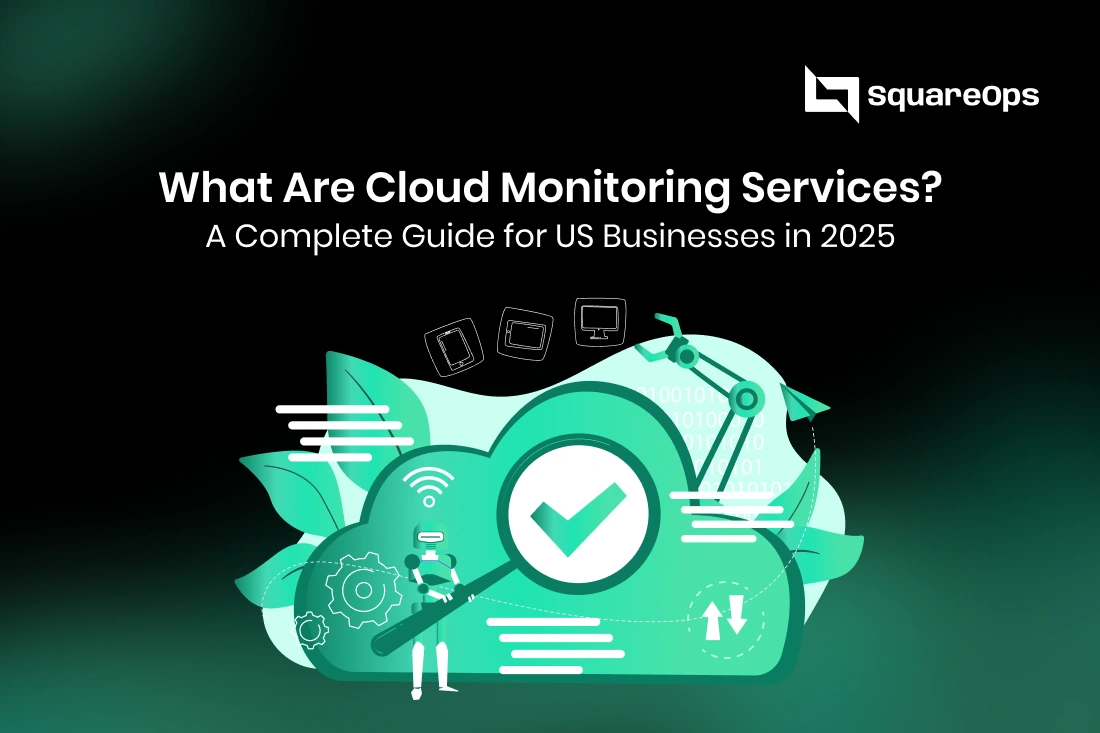
Discover cloud monitoring services in 2025 for US businesses. Ensure security, compliance, performance & cost savings with AI-driven monitoring solutions.
Industries
- AI cloud monitoring, cloud compliance HIPAA SOC2, cloud monitoring services 2025, Cloud Performance Monitoring, FinOps cloud cost optimization, Multi-Cloud Monitoring, SaaS monitoring, SquareOps cloud monitoring, US businesses cloud monitoring
Share Via
Today, US businesses from SaaS startups to Fortune 500 enterprises depend on the cloud for nearly everything: hosting applications, managing data, running analytics, and ensuring seamless customer experiences. With this heavy reliance comes a critical challenge: how do you ensure the cloud environment stays secure, performant, and reliable at all times?
This is where cloud monitoring services step in. They provide real-time visibility into cloud performance, resource usage, security threats, and compliance status. Whether it’s detecting an outage before it impacts users, identifying cost inefficiencies, or ensuring compliance with strict US regulations, cloud monitoring is no longer optional it’s mission-critical.
As we move into 2025, cloud monitoring has become more sophisticated, blending AI, automation, and predictive analytics to keep businesses one step ahead. In this guide, we’ll explore what cloud monitoring services are, why they matter, the tools and providers leading the industry, and how US businesses can leverage them for growth.
What Are Cloud Monitoring Services?
At its core, cloud monitoring services are solutions designed to track, analyze, and optimize the health, performance, and security of cloud environments. Unlike traditional IT monitoring, which focuses on on-premise servers and applications, cloud monitoring is built for the distributed, elastic, and multi-layered nature of the cloud.
These services monitor:
- Infrastructure (servers, storage, virtual machines, containers).
- Applications (performance, latency, availability).
- Networks (API calls, bandwidth, latency).
- Security logs (suspicious activity, unauthorized access).
They integrate directly with platforms like AWS, Microsoft Azure, and Google Cloud, and often extend to hybrid and multi-cloud environments.
Example: A US-based SaaS company running on AWS and Azure can use cloud monitoring services to track API response times, detect anomalies in user traffic, and ensure HIPAA compliance all through a single dashboard.
Why Cloud Monitoring Services Are Essential in 2025
The cloud landscape has undergone significant changes in the past few years. By 2025, several factors make cloud monitoring indispensable:
- Cloud Complexity
US businesses now use multi-cloud and hybrid models to avoid vendor lock-in. Managing performance across multiple providers without monitoring is nearly impossible. - Security & Compliance
With regulations like HIPAA, SOC2, and GDPR, companies must prove continuous compliance. Monitoring services simplify audits and catch risks early. - AI & Automation Workloads
Businesses increasingly run AI models in the cloud, which are resource-intensive. Monitoring ensures these workloads don’t cause downtime or cost overruns. - Customer Expectations
In SaaS, performance equals retention. Even a few seconds of downtime can lead to customer churn and lost revenue. - High Cloud Spend
US enterprises spend billions annually on cloud. Monitoring services with FinOps (Financial Operations) can save 20–40% by identifying unused or oversized resources.
In short, cloud monitoring is about protecting revenue, customer trust, and compliance in a high-stakes digital economy.
Key Features of Cloud Monitoring Services
A good cloud monitoring service offers a suite of features designed to give businesses full control over their environment:
1. Infrastructure Monitoring
Tracks servers, VMs, storage, and containers. Detects spikes in CPU, memory, or disk usage before they cause outages.
2. Application Performance Monitoring (APM)
Measures application response times, error rates, and transaction paths. Ensures SaaS apps run smoothly.
3. Log Management & Analysis
Centralizes logs from servers, apps, and security tools. AI analyzes logs for anomalies and security risks.
4. Network Monitoring
Keeps tabs on API performance, data transfer, latency, and network bottlenecks. Essential for API-driven SaaS.
5. Security Monitoring
Detects intrusions, unauthorized access, and unusual traffic patterns. Supports compliance by logging all events.
6. AI & Predictive Analytics
Uses machine learning to forecast potential failures, auto-scale resources, and trigger alerts before downtime occurs.
7. Dashboards & Reporting
Real-time, customizable dashboards for CTOs, SREs, and compliance officers. Helps align technical insights with business KPIs.
Together, these features ensure visibility, reliability, and cost efficiency across the cloud.
Benefits of Cloud Monitoring Services for US Businesses
- Stop problems before they impact users, reducing downtime and preserving customer trust.
- Enhanced Security & Compliance
Automated logging and monitoring simplify compliance with SOC2, HIPAA, PCI DSS, and GDPR. - Scalability & Performance
Monitor resource usage in real-time to handle sudden spikes perfect for SaaS companies facing unpredictable growth. - Cost Optimization (FinOps)
Identify unused resources, right-size infrastructure, and prevent bill shocks. - DevOps Acceleration
Integrated monitoring accelerates CI/CD pipelines by detecting bugs and bottlenecks early. - Improved Customer Experience
Uptime and speed have a direct impact on customer satisfaction and retention.
Fact: Gartner reports that US companies lose an average of $5,600 for every minute of downtime.
Types of Cloud Monitoring Services
- IaaS Monitoring
For compute, storage, and networking resources (AWS EC2, Azure VMs). - PaaS Monitoring
Tracks managed services like databases, Kubernetes clusters, or serverless functions. - SaaS Monitoring
Focuses on the uptime and user performance of SaaS applications. - Multi-Cloud & Hybrid Monitoring
Consolidates insights across AWS, Azure, GCP, and private clouds. - Managed Cloud Monitoring Services
Outsourced 24×7 observability by providers who specialize in monitoring, alerting, and compliance.
Cloud Monitoring Services vs In-House Monitoring
|
Feature |
In-House Monitoring |
Cloud Monitoring Services |
|
Setup Time |
6–12 months |
Immediate |
|
Cost |
High (tools + engineers) |
Flexible subscription |
|
Expertise |
Limited to hires |
Cross-industry knowledge |
|
Compliance |
Manual audits |
Built-in frameworks |
|
24×7 Support |
Expensive |
Included |
US companies increasingly outsource monitoring because talent shortages and rising costs make in-house monitoring less sustainable.
Top Cloud Monitoring Service Providers in 2025
- Datadog – Comprehensive observability with APM + security monitoring.
- New Relic – Strong for application-centric monitoring.
- Dynatrace – AI-powered predictive monitoring.
- Prometheus & Grafana – Open-source flexibility.
- AWS CloudWatch – Native AWS monitoring.
- Azure Monitor / GCP Monitoring – Deep platform integration.
- SquareOps – Managed monitoring + FinOps optimization tailored for US SaaS and enterprises.
Each provider serves different needs, but managed providers stand out by combining tools + human expertise.
How to Choose the Right Cloud Monitoring Service Provider
When selecting a partner, US businesses should ask:
- Do they support multi-cloud and hybrid environments?
- Are they compliant with US regulations (HIPAA, SOC2)?
- Do they offer AI-driven predictive analytics?
- Is pricing transparent and scalable?
- Do they provide 24×7 monitoring and rapid response?
Pro tip: Partner with a provider that not only alerts you to problems but also helps solve them.
Real-World Use Cases of Cloud Monitoring in US Companies
- SaaS Scale-Up – A SaaS startup scaled to 100,000 users without downtime by leveraging predictive monitoring.
- FinTech Compliance – A US FinTech reduced audit preparation time by 60% using automated compliance dashboards.
- Healthcare Uptime – Hospitals ensured HIPAA compliance and 99.99% uptime for patient portals.
- Retail/E-commerce – Cloud monitoring prevented outages during Black Friday, protecting millions in revenue.
- Enterprise FinOps – A large US enterprise cut cloud costs by 35% with monitoring-driven resource optimization.
Future of Cloud Monitoring Services: AI + Automation
By 2025 and beyond, monitoring is becoming intelligent and autonomous:
- AI anomaly detection spots issues before they occur.
- Self-healing infrastructure automatically fixes problems.
- Unified multi-cloud dashboards simplify oversight.
- Automated compliance checks reduce audit stress.
The future is not just about monitoring, it’s about cloud environments that manage themselves.
Conclusion
In 2025, cloud monitoring services are the backbone of digital resilience for US companies. From SaaS startups to enterprises, the ability to monitor, secure, and optimize the cloud has a direct impact on revenue, compliance, and competitiveness.
Whether you’re scaling a SaaS product, running AI workloads, or managing multi-cloud deployments, cloud monitoring ensures uptime, performance, and security.
If your US business is ready to move beyond reactive IT and embrace proactive, AI-driven monitoring, partner with SquareOps. We provide tailored cloud monitoring solutions that combine automation, compliance, and cost optimization, helping you scale with confidence.
Frequently asked questions
They are solutions that track and optimize cloud infrastructure, applications, and networks for performance, security, and compliance.
They prevent downtime, ensure compliance, improve performance, and cut cloud costs.
IaaS, PaaS, SaaS, multi-cloud/hybrid, and managed monitoring services.
Datadog, New Relic, Dynatrace, Prometheus, AWS CloudWatch, Azure Monitor, GCP Monitoring, and managed providers like SquareOps.
By identifying underutilized resources, right-sizing infrastructure, and enabling FinOps practices.
They detect intrusions, monitor logs, and flag suspicious activity in real time, ensuring compliance with HIPAA, SOC2, and other US regulations.
Yes, modern monitoring tools unify insights across AWS, Azure, GCP, and private clouds, giving businesses centralized visibility and control.
SaaS, FinTech, healthcare, retail, and enterprises all rely on monitoring to ensure uptime, compliance, and optimized cloud costs.
AI powers predictive analytics, anomaly detection, and self-healing infrastructure, reducing downtime and manual intervention.
Yes, managed monitoring services provide 24×7 expertise, compliance support, and cost optimization, reducing the need for large in-house teams.
Related Posts
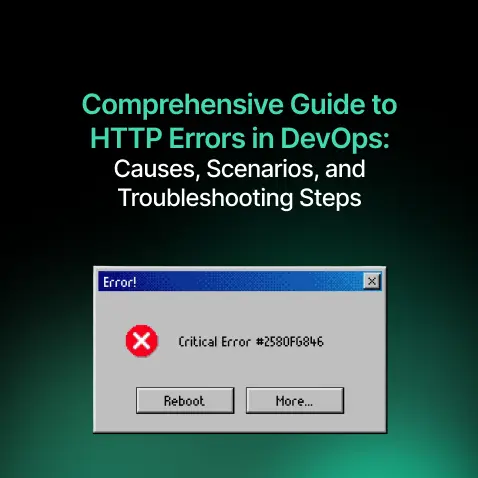
Comprehensive Guide to HTTP Errors in DevOps: Causes, Scenarios, and Troubleshooting Steps
- Blog
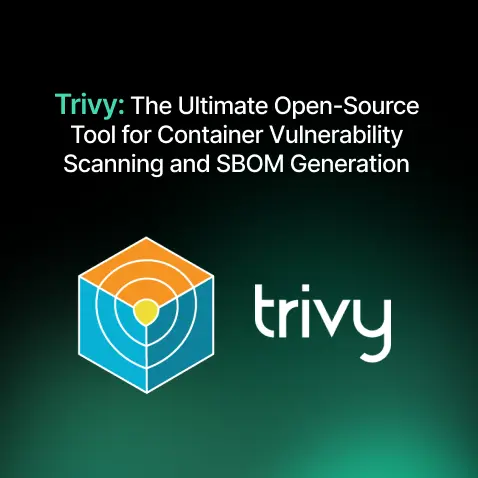
Trivy: The Ultimate Open-Source Tool for Container Vulnerability Scanning and SBOM Generation
- Blog
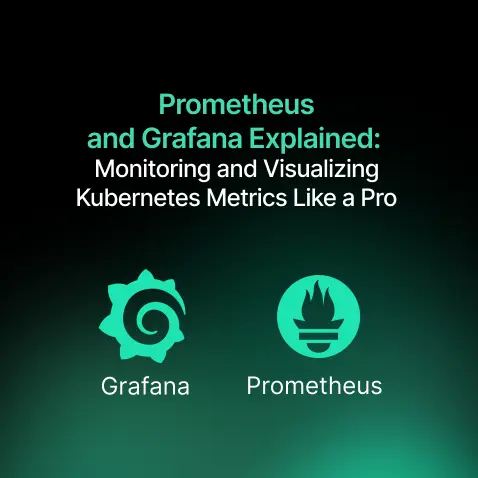
Prometheus and Grafana Explained: Monitoring and Visualizing Kubernetes Metrics Like a Pro
- Blog
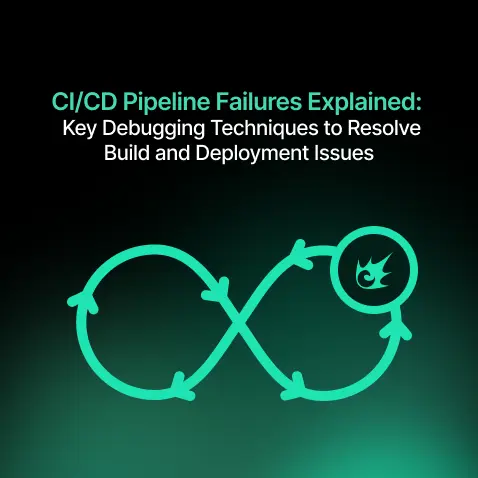
CI/CD Pipeline Failures Explained: Key Debugging Techniques to Resolve Build and Deployment Issues
- Blog
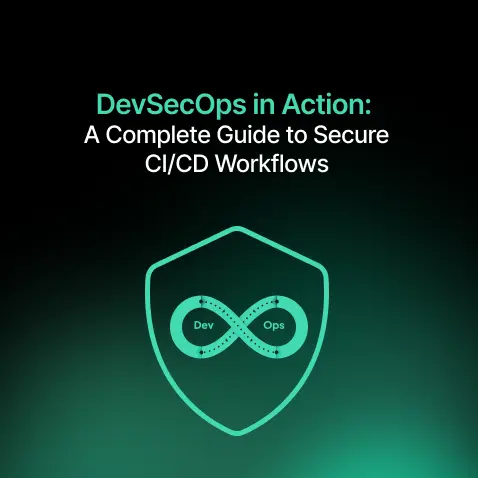
DevSecOps in Action: A Complete Guide to Secure CI/CD Workflows
- Blog
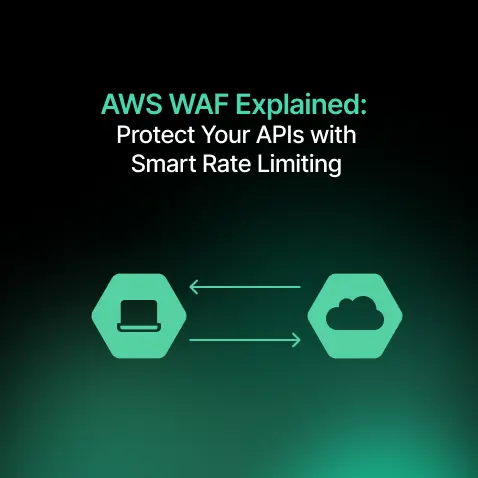
AWS WAF Explained: Protect Your APIs with Smart Rate Limiting
- Blog

